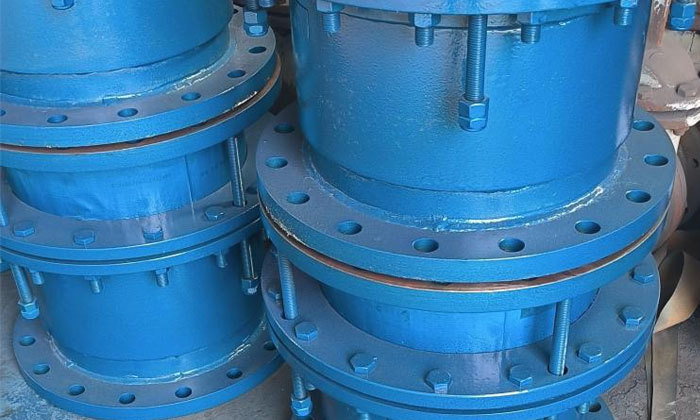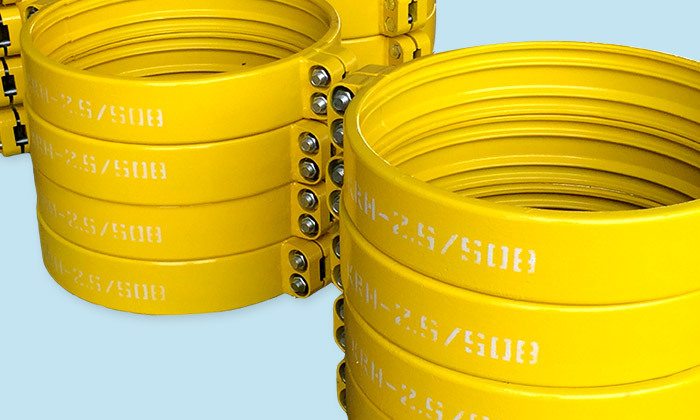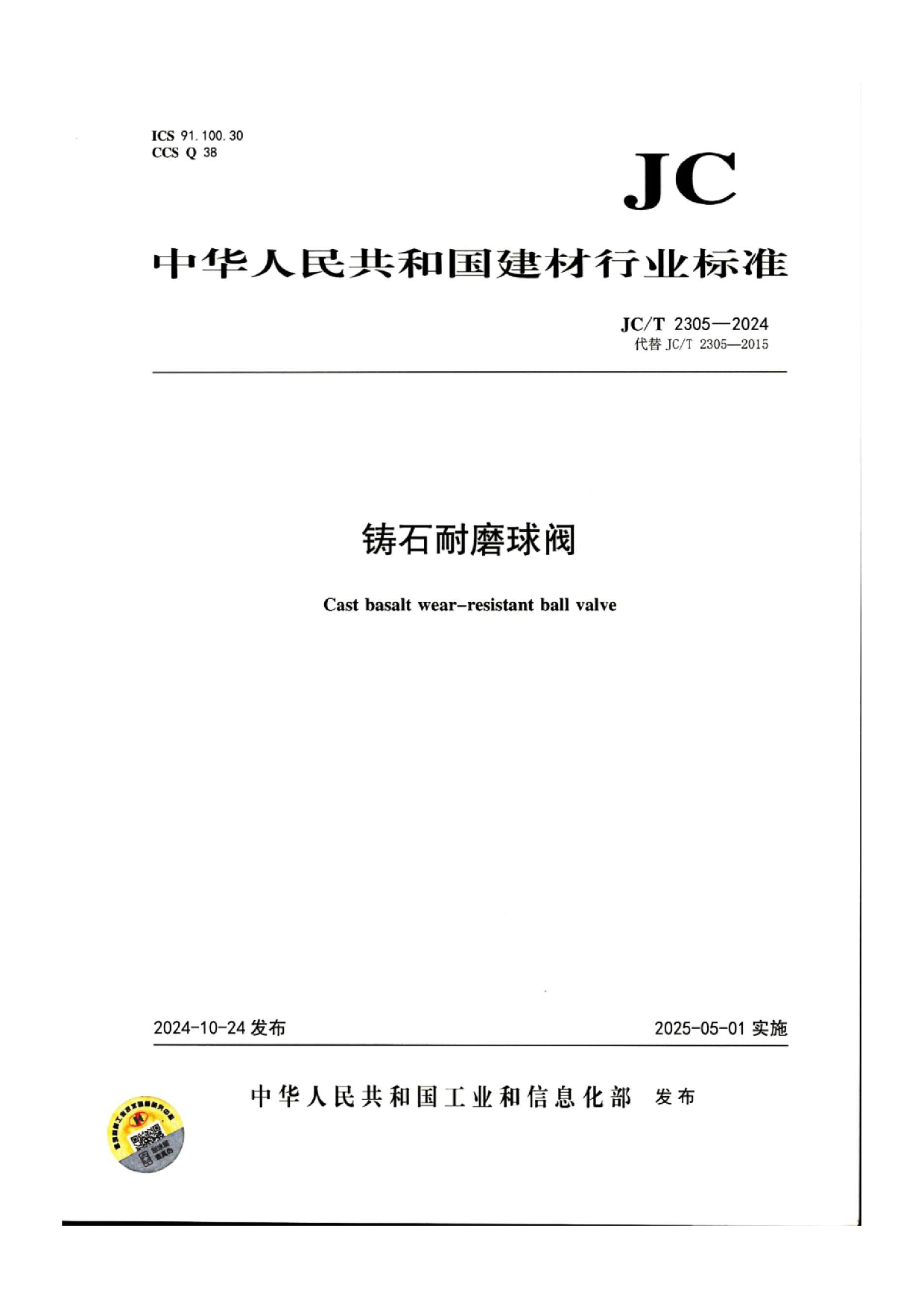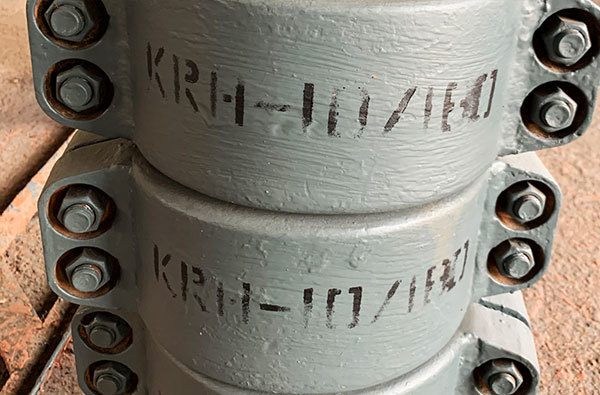Abrasion-resistant pipe material classification
Wear-resistant pipes are mainly used for pneumatic and slurry conveying pipelines. They are widely used in the power, metallurgy, coal, petroleum, chemical, building materials, and machinery industries, and are developing rapidly.
Wear-resistant pipes are mainly used for pneumatic and slurry pump conveying pipelines. Conveying has spread to the power, metallurgy, coal, petroleum, chemical, building materials, and machinery industries, and is developing rapidly. Wear-resistant pipes are widely used in coal-fired power plants for powder conveying, slag removal, ash conveying, and systems with severe wear and tear such as mine filling materials, mineral concentrates, and tailings transportation. Wear-resistant pipes are ideal for conveying strongly corrosive acids, alkalis, salts, and materials with both abrasive and corrosive properties. Wear-resistant pipes are used in high-temperature corrosion, wear, or high-temperature erosion applications.
Wear-resistant pipe material classification:
Different materials are selected for wear-resistant straight pipes depending on the wear conditions. There are
Rare earth wear-resistant alloy pipes, the material is rare earth wear-resistant alloy steel;
Bimetallic wear-resistant composite pipes, the material is 20# + high chromium alloy;
Tortoise shell net high-temperature wear-resistant composite pipe, the material is 20# + corundum high wear-resistant lining material;
Wear-resistant ceramic patch pipe material is 20# + aluminum oxide patches or silicon carbide;
Sintered ceramic pipe material is 20# + aluminum oxide;
Steel rubber wear-resistant pipe material is 20# + wear-resistant rubber;
Steel plastic wear-resistant pipe material is 20# + polytetrafluoroethylene or polypropylene;
Ultra-high molecular weight polyethylene composite pipe material is 20# + ultra-high molecular weight polyethylene;
Wear-resistant cast stone pipe material is 20# + cast stone, etc.
Previous
Recommended
















